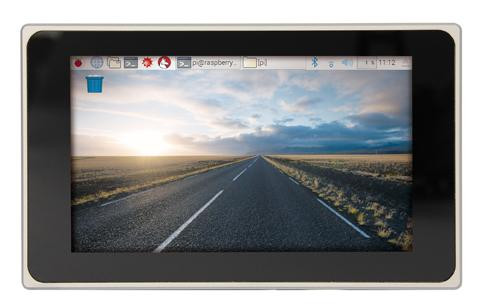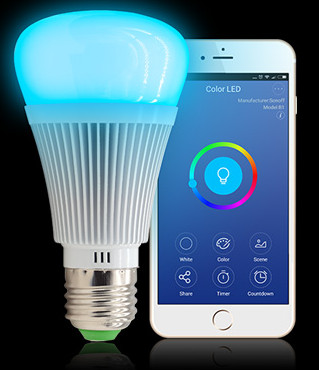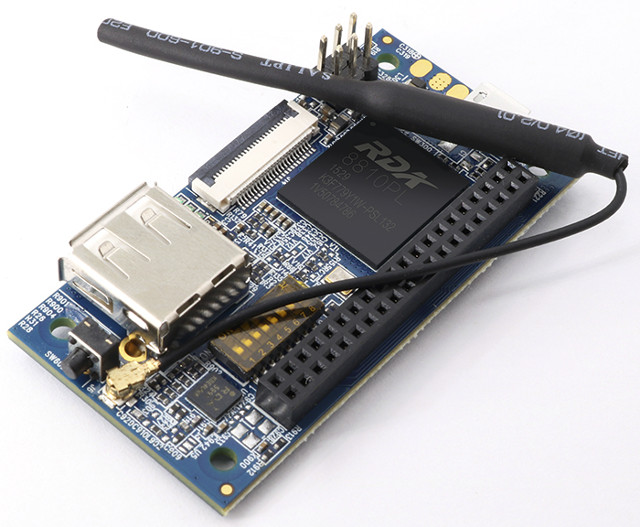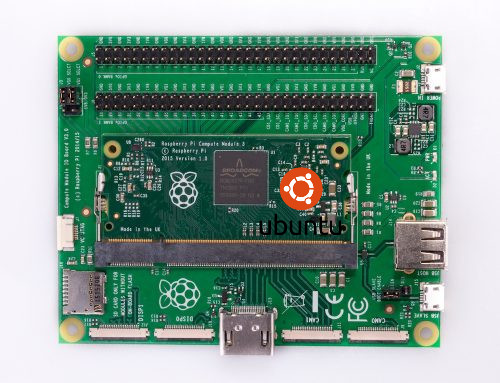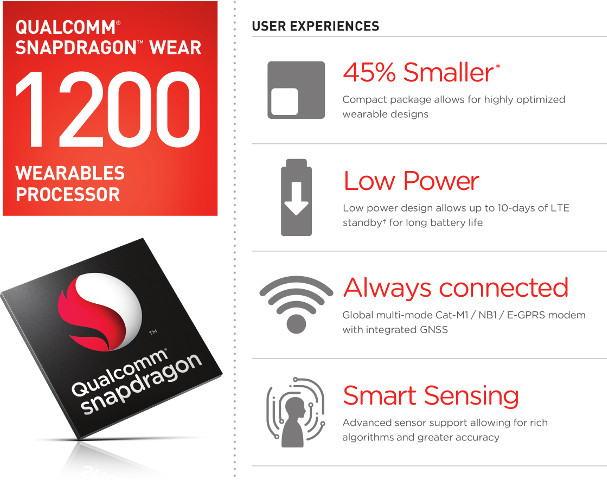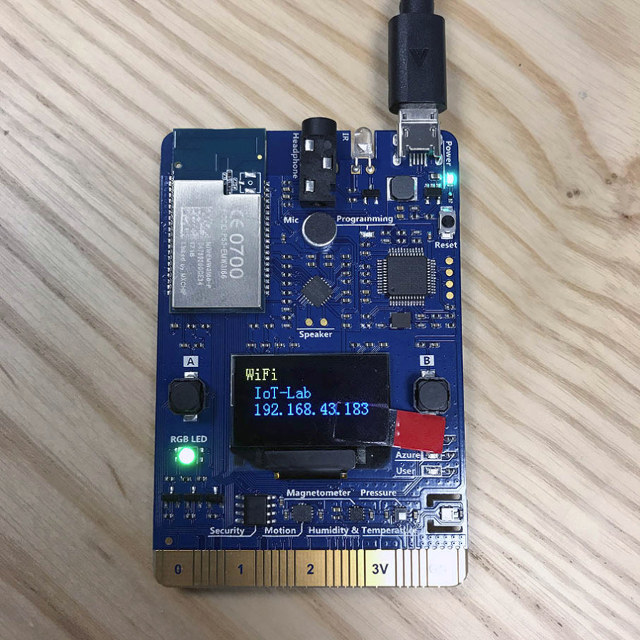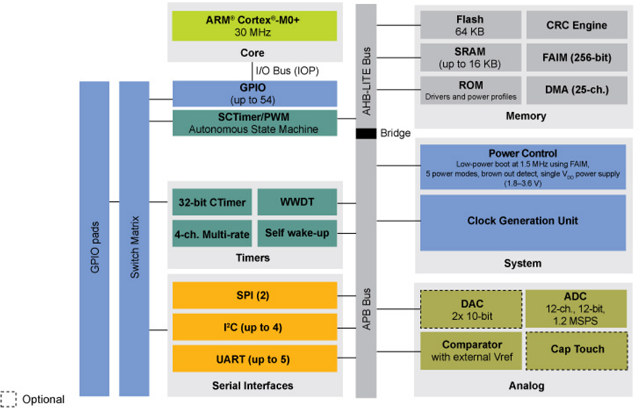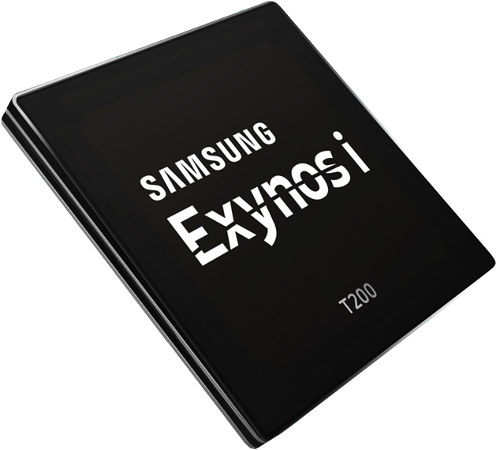MASS GmbH has launched RPI 07, a touch panel PC with a 7″ 800×480 display powered by a Raspberry Pi 3 board, and designed for industrial applications thanks to a 12V to 24V variable power input, aluminum housing, DIO with optocouplers, an optional CAN Bus and more. MASS RPI-07 specifications: SoC – Broadcom BCM2837 quad core ARM Cortex A53 processor @ up to 1.2 GHz with VideoCore IV GPU System Memory – 1GB LPDDR2 Storage – 16GB micro SD SDHC Class 10 Display – 7″ WVGA 800×480 touchscreen display with 250cd/m² brightness, 500:1 contrast, 10-point touch Connectivity – 1x 10/100Mbps Ethernet, 802.11 b/g/n WiFi and Bluetooth 4.2 LE USB – 4x USB 2.0 Optional Interfaces – Real-time clock (RTC), DIO with optocouplers, I²C, CAN, RS232 Power supply – 12 to 24V DC (15W max) via 2-pin terminal with on/off switch Dimensions – 200 x 118 x 48mm (powder coated metal […]
Sonoff B1 is an $18 Hackable WiFi RGB LED E27 Light Bulb based on ESP8285 WiSoC
Earlier this year, I wrote about an ESP8266 based RGB LED “AI Light” lightbulb that was hacked to run ESPurna open source firmware. That’s all good, except some people tried to get one, and ended with a different hardware. So if you’d like something that’s more of a “sure thing”, ITEAD Studio has designed Sonoff B1 dimmable RGB LED E27 light bulb based on ESP8285 processor, and with a “4 pads” to allow for custom firmware flashing. Sonoff B1 hardware specifications: Typical Lumen Output – 600lm Beam Angle – 120 degrees typ. Color Temperature – 2800K-6500K & RGB full color Connectivity – WiFi 802.11 b/g/n @ 2.4GHz Power Supply – 90-260V AC 50/60Hz via E27 base Power Consumption – Light off: 0.5W Max; rated power: 6W Temperature Range – Operating: 0ºC~ 40ºC; storage: -20ºC~ 80ºC Operating Humidity – 5%-90% RH Sonoff B1 with stock firmware can be controlled using the […]
Orange Pi i96 96Boards IoT Edition WiFi & Bluetooth Development Board Finally Launched for $8.80
Orange Pi i96 board was first unveiled at Linaro Connect US 2016 in September of that year, as one of the first boards compliant with 96Boards IoT Edition specification, and expected to sell for just $9.99. The good news is that the board is now finally available for $8.80 plus shipping on Aliexpress ($12.19 in total in my case) Orange Pi i96 specifications: SoC – RDA Micro 8810PL ARM Cortex A5 processor @ up to 1.0 GHz with 2Gbit (256 MB) on-chip LPDDR2 RAM, 4Gbit (512 MB) on-chip SLC NAND flash , 256KB L2 cache, and Vivante GC860 3D GPU External Storage – micro SD slot Connectivity – WiFi 802.11 b/g/n + Bluetooth 2.1/EDR module (RDA5991) Camera – MIPI CSI-2 connector for camera sensor up to 5MP Video – 1080p30 H.264 encoding USB – 1x USB host port, 1x micro USB OTG port Expansion – 40-pin GPIO header with SPI, […]
Canonical Releases Ubuntu Core 16 for Raspberry Pi 3 Compute Module
Now that Canonical has refocused its development efforts on Cloud and IoT, Ubuntu Core has become even more important for the company, which has just released Ubuntu Core 16 for the Raspberry Pi 3 Compute Module, which is better suited for industrial projects than Raspberry Pi boards, for example thanks to the more resilient built-in storage of CM3 module. Ubuntu Core was already supported on Raspberry Pi 2 & 3, Intel Joule, DragonBoard 410c, Intel NUC, and Samsung Artik boards, as well as KVM to run Ubuntu Core in a virtual environment. One of the advantages of running Ubuntu Core is the availability of snaps and branded app stores, making it easy to provide updates, and promote app for the platform. Screenly is one commercial project that will take advantage of Ubuntu Core on CM3 module for their digital signage applications. You’ll find instructions to get started with Ubuntu Core […]
Qualcomm Snapdragon Wear 1200 Platform for Wearables Supports LTE Cat M1 and NB1 (NB-IoT)
After Snapdragon Wear 2100 and 1100 launched last year , Qualcomm has announced a new Snapdragon Wear 1200 platform still designed for wearables, but with lower power consumption, less processing power, a more compact package, and built-in support for LTE IoT communications standards such as LTE Cat M1 and LTE NB-IoT (Cat NB1). Qualcomm Snapdragon Wear 1200 key features and specifications: CPU – ARM Cortex A7 @ 1.3 GHz Memory / Storage – Support for discreet or MCP NAND and LPDDR2 Display – Support via SPI for simple UI and displays Modem Global multi-mode supporting Cat-M1 / NB1 / E-GPRS. Supports LTE FDD and TDD for Cat-M1 and E-GRPS and FDD only for Cat-NB1 Up to 300 kbps downlink and 350 kbps uplink for Cat-M1 10 kbps download and 60 kbps upload speeds for Cat-NB1 Integrated voice support for VoLTE Other Connectivity – Pre-integrated support for Qualcomm 11ac Wi-Fi […]
MXCHIP AZ3166 IoT Developer Kit is Designed to Work with Microsoft Azure
MXCHIP is a Shanghai based company designing and manufacturing WiFi IoT modules such as EMW3165, which has now made a development board based on their EMW3166 STM32+ Cypress module – called MXChip AZ3166 – specifically designed for Microsoft Azure cloud computing platform. MXChip AZ3166 board specifications: Wireless Module – EMW3166 WiFi module with STM32F412 ARM Cortex M4F MCU @ 100 MHz with 256KB SRAM,1MB+2MB SPI Flash, Cypress BCM43362 WiFi chip Display – 128×64 OLED display Audio – Audio codec, built-in microphone, and 3.5mm heaphone jack Sensors – Motion sensor, magnetometer, atmospheric pressure sensor, temperature and humidity sensor Expansion – Finger extension interface with 25 external I/O pins including GPIOs, I2C, I2S, UART, ADC, Reset, 3.3V, and GND Debugging – DAP Link emulator USB – 1x Micro USB port for power, programming, debugging Misc – 2x user buttons; 1x RGB light; 3x working status indicator; IR emitter; Security encryption chip Power Supply […]
NXP Unveils LPC84x ARM Cortex M0+ MCU Family, and LPCXpresso845-MAX Evaluation Board
NXP Semiconductors has expanded LPC800 series MCUs with the new LPC84x family of 32-bit ARM Cortex-M0+ microcontroller said to offer 10 times the performance, three times more power saving savings, and 50 percent smaller code-size than 8- or 16-bit microcontrollers. Key features of LPC84x MCU family (LPC844 / LPC845): MCU Core – ARM Cortex-M0+ core @ 30 MHz with advanced power optimization RAM – 16 kB RAM (Logic for Bit banding across all of SRAM) Storage – 64 kB Flash, small 64-byte page size suitable for EEPROM emulation Peripherals Timers – 32-bit CTimer, WWDT, 4-channel multi-rate, SCTimer/PWM Serial Interfaces – Up to 4x I2C, 2x SPI, up to 5x UART Analog Interfaces – 12 ch, 12-bit ADC up to 1.2 Msps; 2x 10-bit DAC; comparator with external Vreg; 9-channel capacitive touch interface working in sleep and deep sleep modes Up to 54 GPIOs 25-ch DMA offloads core Power Control Five […]
Samsung Announces Mass-Production of its Exynos i T200 WiFi Processor for the Internet of Things
Exynos i T200 is an ARM Cortex R4 + Cortex M0 WiSoC for the Internet of Things, potentially used in the Samsung ARTIK-053 IoT module, and the first Exynos IoT processor from Samsung. The company has just announced that mass production had started, so let’s have a closer look at the processor’s features. Samsung Exynos i T200 specifications: MCU Cores ARM Cortex-R4 @ 320MHz ARM Cortex-M0+ @ 320MHz (Very high frequency for an M0+ core, is that a mistake?) On-chip Memory – 1.4MB SRAM RF & WiFi Connectivity 802.11b/g/n WiFi; single band (2.4GHz) Integrated T/R switch, power amplifier, low noise amplifier Interfaces – SDIO, I2C, SPI, UART, PWM, I2S Security – WEP 64/128, WPA, WPA2, AES, TKIP, WAPI, PUF (Physically Unclonable Function) Process – 28-nanometer (nm) High-K Metal Gate (HKMG) The Cortex R4 core is used for system control, and the Cortex M0+ core for I/O and LED control. Cortex […]


